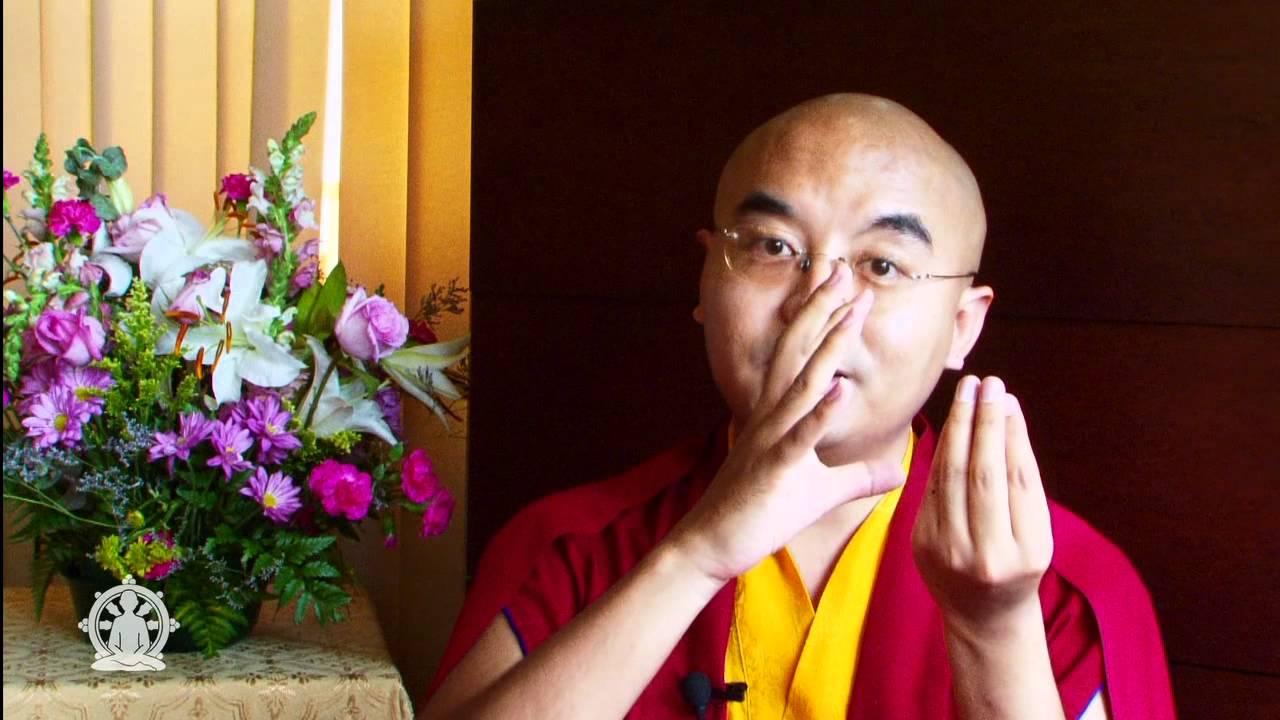Meditation as a whole and not just Buddhist meditation is a process that a person uses to quiet the mind and body so one can become away of a higher truth. Meditation has been incorporated in virtually all religions around the world. Of course not all religions use the actual term “meditation”, it can be referred to as praying the rosary and so on. Meditation is not always and does not need to be associated with religion. There are plenty of people that meditate daily who have no religious affiliation or even believe in God. Meditation can stand on its own without religion, do to the many health benefits both physically and psychologically. A successful meditation is when the mind becomes quiet without thoughts and the meditator is no longer aware of the body.
Buddhist meditation does not have the goal of contacting a religious figure, seeing the future or any other end goal such as this. In Buddhist meditation the mind and body are joined together as one. Through meditation the goal becomes “no goal” and the mind becomes silent with an increased awareness. Another way of stating this is, in meditation, meditation is performed for the sake of meditation and the cultivation of wisdom. The purpose of Buddhist meditation is to still the mind and stop the never ending flow of thoughts we all have. There are several different ways to perform Buddhist meditation. These Buddhist meditation techniques have been practiced for a long time and are proven to work. There are no right or wrong places to practice Buddhist meditation. It has been shown that when Buddhist meditation is practiced in a group that the meditation experience is much deeper. It is also known that when Buddhist meditation is practiced in the same place at the same time the meditation becomes deeper much faster. Of course these things are not required, but will only aid the meditator in the practice of Buddhist meditation.
There are a several passages from the Buddhist scripture that point to the fact that our mental states, thoughts and emotions are the determining factor to literally everything in our lives. If our thoughts and emotions lean towards hatred and contempt our worldly experiences will reflect this. The same is true if we lean towards peace, love and compassion, our world will reflect this. Buddhist meditation is turning inward away from the outside world and cultivating the inner world. By doing this the outer world we experience is transformed. With the practice of Buddhist meditation we most encourage certain inner states to grow and flourish. These states are concentration, calmness and focus.
There are several beginning ways to practice Buddhist meditation. The first is to concentrate on your breathing. Sit in a comfortable position with your spine straight, but not rigid. Next focus the mind with eyes closed on your breath coming in and out of your lungs. Do not try to control your breath, let it flow naturally. You may notice at first your breathing speeding up. Do not worry this is normal and will soon quiet down. You will also find that your mind wonders and thoughts come racing in. Again this is normal, just bring your concentration gently back to your breath coming in and out of your lungs. Try to practice this for about 20 minutes each day.
Another thing you can do is count the breaths as they come in and out. This is much harder then it sounds. With your eyes closed slowly count the in breaths for a period of 20 minutes. When you loose count, start again from one. This method can be rather fun, as you are challenging yourself to concentrate through the counting. Do not be discouraged if you can not get to 10 breaths counted without a lot of practice.
Another form of Buddhist meditation is the concentration on the flame of a candle. The idea is to fix your gaze on the upper tip of the flame and maintain it there. Concentrate on keeping your focus on this point of the candle and bring it back when your mind wonders.
Buddhist meditation is actually the second step in the three fold path of Buddhism. The first step in the Buddhist training are the five ethical precepts or guidelines on how to live a life without harming others or yourself. These five ethical precepts are as follows.
1. To undertake the training to avoid taking the life of beings.
2. To undertake the training to avoid taking things not given.
3. To undertake the training to avoid sensual misconduct.
4. To undertake the training to refrain from false speech.
5. To undertake the training to abstain from substances which cause intoxication and heedlessness.
Buddhist meditation becomes the second step after the first step has been committed to by the individual. The purpose of the first step is to create a simpler, healthier life without guilt’s and a clear conscience. The first step and Buddhist meditation lead to to the development of wisdom. With this development the person becomes aware of their true nature and the true nature of the universe.
A trained hypnotherapist for 13 years, practicing meditation since 1994. A trained yoga and meditation teacher, living on the road traveling the world since 2008.
View original article – How to Perform Buddhist Meditation.
More information – Learn to Meditate
Find More Buddhist Meditation Articles


